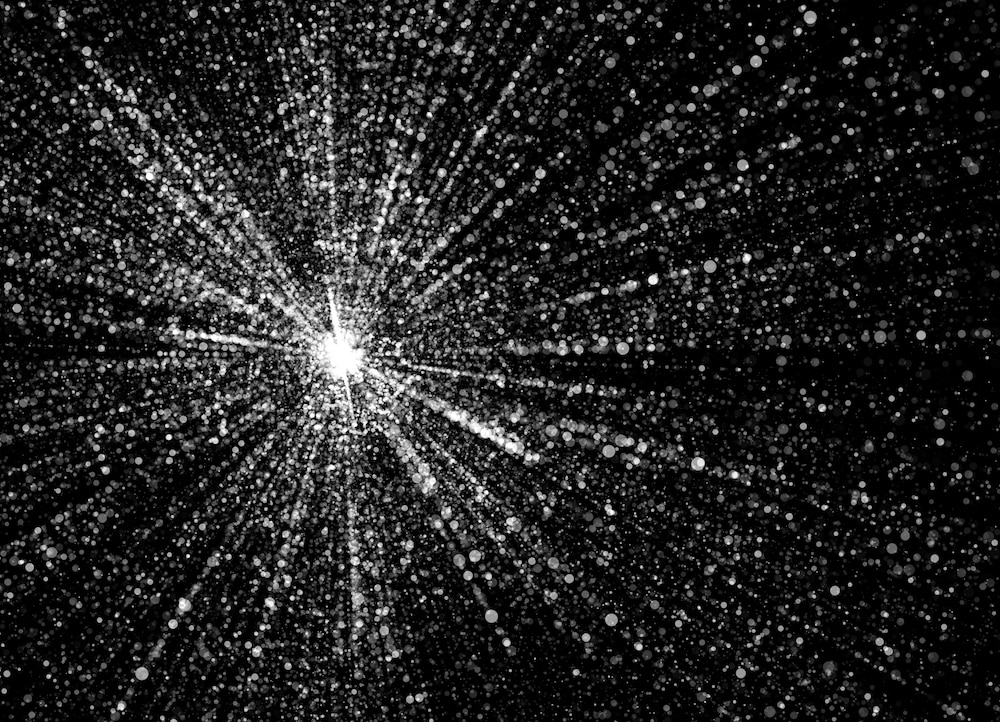Create a free profile to get unlimited access to exclusive videos, sweepstakes, and more!
'Ghost particles' from crushed atoms found haunting Large Hadron Collider
What are probably neutrinos were unexpectedly found hanging out in the Large Hadron Collider.

It’s one thing to know an elusive subatomic particle with virtually no mass exists. It’s another thing to find it hanging out in the largest particle collider on Earth.
The Large Hadron Collider (LHC) at CERN crushes atoms to let subatomic particles loose. It is famous for having found what appeared to be evidence of decay from the elusive Higgs-Boson particle, but now scientists have detected something never before seen in any particle collider. Another look at past data revealed that up to six neutrino interactions could have happened when the LHC’s compact emulsion detector (more on that later) was installed and tested out.
If these really were neutrinos that were released in there — and it seems they were — that means that both the structure of the LHC and the method used to identify them are right on. Researcher Savannah Shiveley of UC Irvine was part of the team who worked with the the Forward Search Experiment (FASER), designed to detect neutrinos. They realized that strange marks left behind had to have been made by neutrinos that escaped during a ginormous nuclear collision. Shiveley coauthored a study recently published in Physical Review D.
"Neutrinos will be extremely important in astronomy," she told SYFY WIRE. "They go uninterrupted through matter, gravity, and electromagnetic fields, and come with a certain amount of energy. The range and the distribution of energy can tell us a lot about its source."
Neutrinos are kind of like ghosts that can travel through just about anything. They are nearly massless but have an infinitesimal amount of mass (which could turn physics on its head). About 100 trillion of them pass through your body at any given second without you even realizing it, and they rarely bother interacting with matter, instead zooming right through it. They can also hold on to infinite amounts of information without it decaying. It is possible that if these particles can make it over here from an extremely ancient object and are somehow captured and traced to their source, they might tell us things about the Big Bang that could possibly blow our minds.
FASER has liquid layers of emulsion between its lead and tungsten plates. When particles headbutt each other and send neutrinos through the layers of the machine, those neutrinos will then run into lead and tungsten nuclei. These collisions release more neutrinos that can pass right through the emulsion layers, but not without a trace. The team found that they left behind visible (though a powerful microscope) marks post-collision. Not only did these marks tell them neutrinos must have been there, but depending on what marks were being looked at, the energy of that particular neutrino, and whether it was an antineutrino, could be figured out.
"Tungsten is a heavy element with a short radiation length, meaning particles don't have to travel very far into it before reacting with its atoms," Shiveley said. "The emulsion film, made of 200nm-diameter silver bromide crystals dispersed in gelatin media, is what records the tracks of the resulting showers of particles from the neutrinos interacting with the tungsten. Neutrinos could be a window to new particles, or further refine our understanding of how they work. The challenge of detecting them means that there is still a lot to learn about their properties."
Neutrinos have no charge. They can be actual matter or hypothetical antimatter, and get their energies from the processes that formed them. The more energetic the reaction, the more energetic the neutrino. It explains why they can pass through almost anything. Earth will actually absorb high-energy neutrinos charging at it from the Sun, but some low-energy neutrinos drifting through space could be relics of the Big Bang. They also come in “flavors,” such as electron*, muon, and tau, that the universe can be broken down into. Their flavors are given away by leptons, even smaller subatomic particles that they release when they interact with matter. Each flavor leaves different signs behind.
Next for the FASER team? As if neutrinos weren’t enough, they now want to use FASER to possibly detect the dark photons thought to make up dark matter. If evidence of neutrinos was left behind, who knows what they might find in there next.
"Neutrinos could be a window to new particles, or further refine our understanding of how they work," Shiveley said. "The challenge of detecting them means that there is still a lot to learn about their properties."
*Not to be confused with electrons that determine the charge of an atom. These are electron neutrinos, a totally different beast.


























